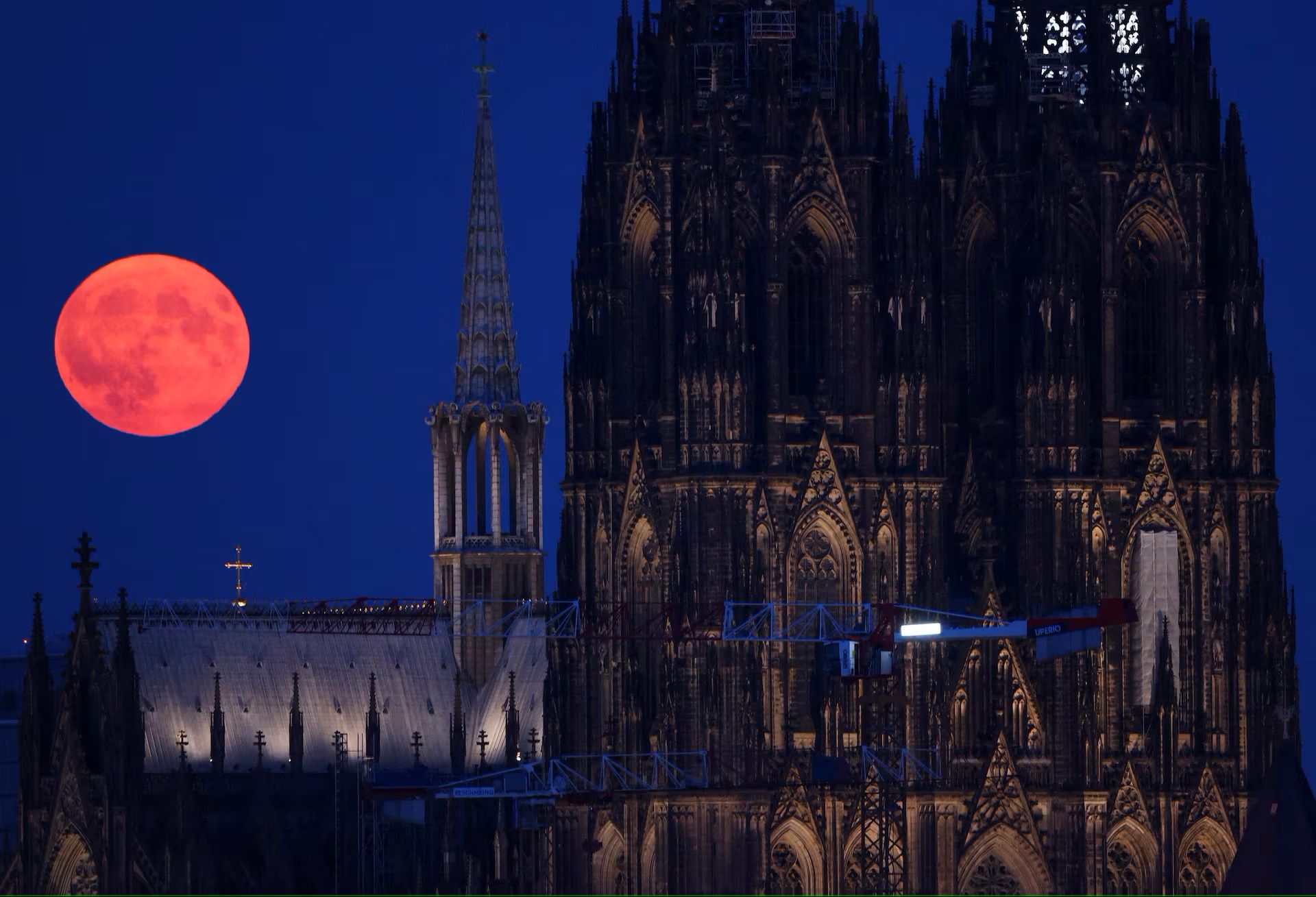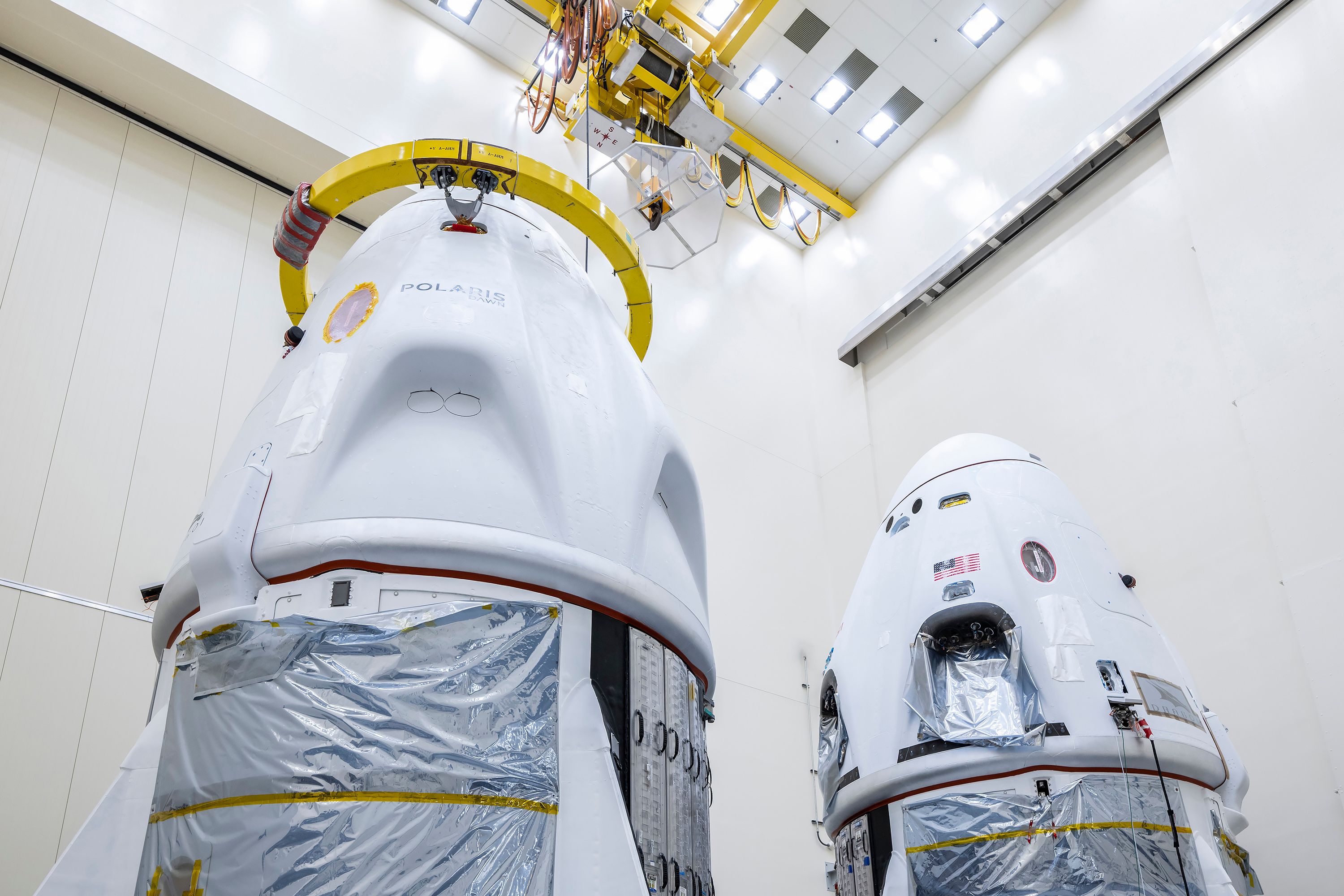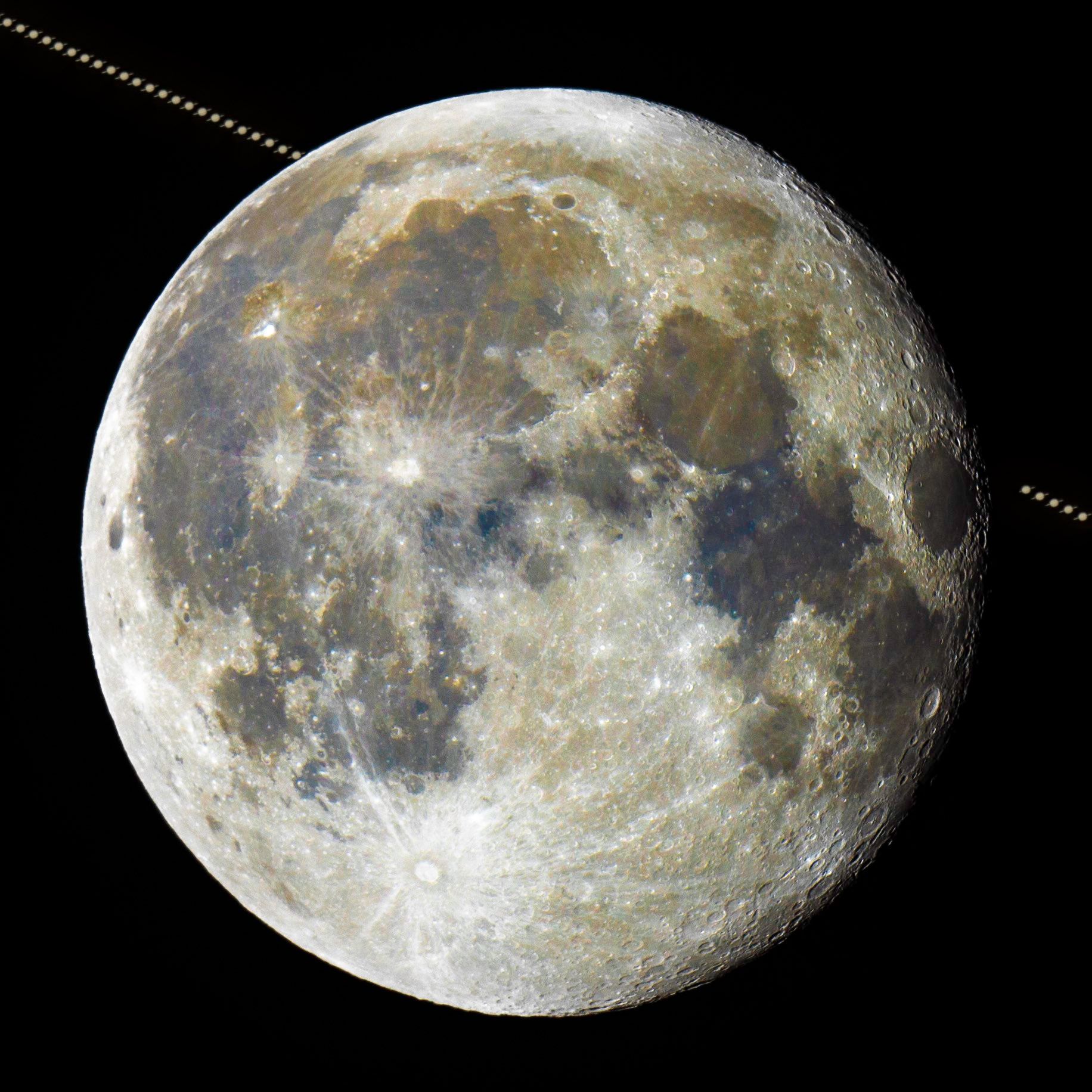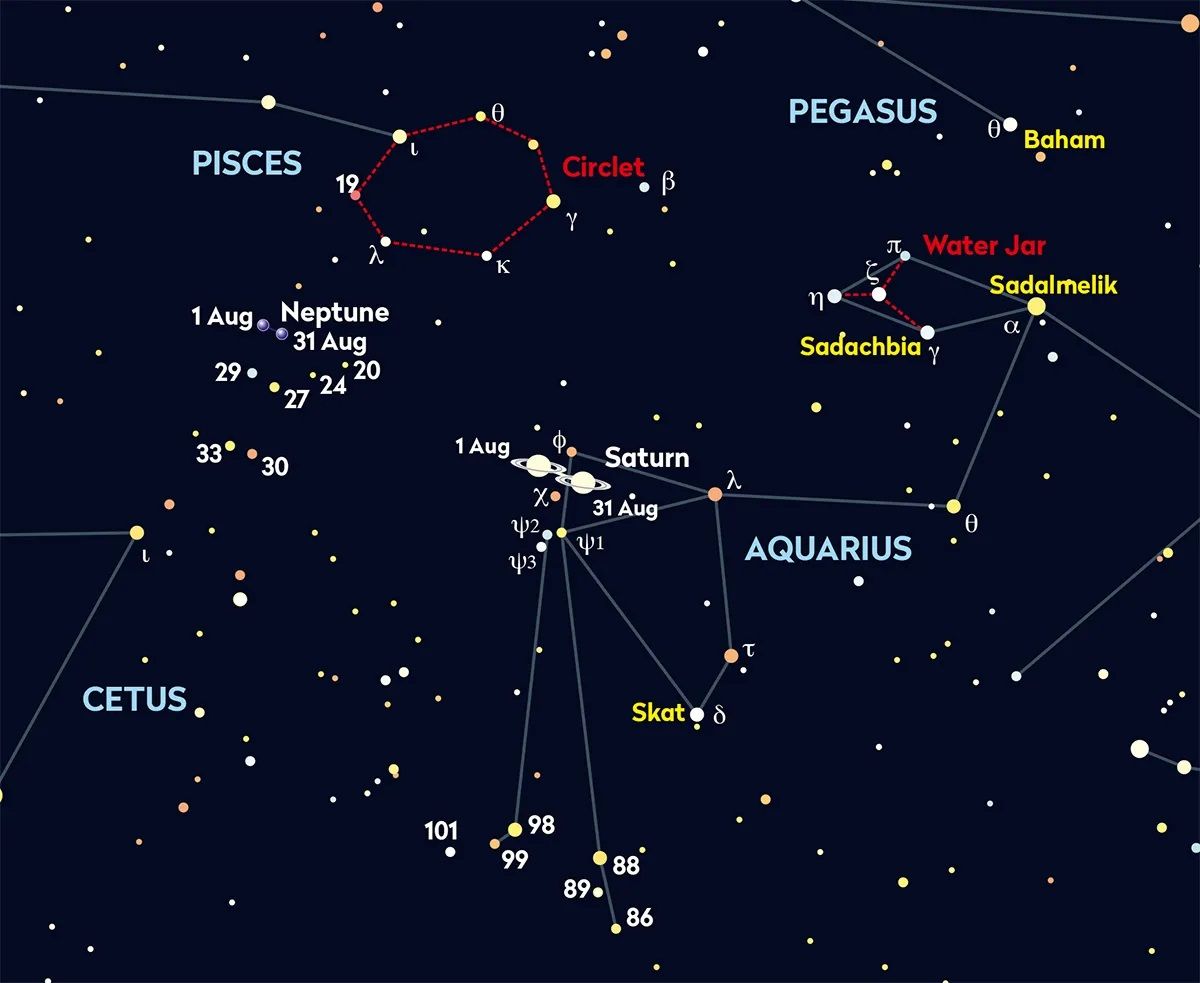Not every week do we see a rocket explosion rival a blue Supermoon to secure top spot as the most spectacular event! With the darker evenings drawing in and Earth’s neighbors waking up, the end of August is always a good time to take note of the things going on above our heads.
Three Things That Happened This Week
Let’s look at what’s been in the news this week.
Rocket Explodes During Testing in the UK
SaxaVord Spaceport in Shetland, UK, witnessed a spectacular explosion of a German rocket engine. Rocket Factory Augsburg (RFA) hopes to be the first company to launch a vertical rocket into orbit from the UK, but the German company suffered a setback, as the test resulted in large flames and plumes of smoke shooting from the side of the rocket.
RFA said that the launch pad was “saved and is secured,” and a spokesperson from the spaceport confirmed that “it was a test, and test campaigns are designed to identify issues prior to launch.”
SaxaVord is the newest spaceport in the UK, and its owners, Frank and Debbie Strang, hope it’ll be the main launchpad in the UK for space exploration in years to come.
Read More: How-To Geek
Cargo Spacecraft Delivers Supplies to Stranded Astronauts
Two Boeing Starliner Astronauts—whose scheduled eight-day stay on the ISS turned into one that could last several months due to issues with the spacecraft’s propulsion system—have now been replenished with plenty of supplies, thanks to a Roscosmos cargo capsule that arrived earlier this week.
The uncrewed craft delivered around three tons of food and other necessities for Wilmore and Williams, who still don’t know how they’re going to get back to terra firma.
Read More: Global News
Mysterious Object Spotted Flying at 1,000,000 Miles Per Hour
NASA announced that it has spotted an unidentified object flying at remarkable speeds through space. Don’t worry—it’s not a UFO. In fact, experts think it might be a brown dwarf, a name assigned to bodies that are too small to be stars, but too big to be considered a conventional planet.
Now named CWISE J1249, it stood out for its unusual direction of travel. Indeed, scientists observed this object heading away from the center of the Milky Way, possibly due to the sheer speed at which it is traveling. Experts are still scratching their heads to work out exactly what it is, but they believe it might be up to 30,000 times the size of Earth.
Read More: BBC
Three of the Week’s Coolest Pics
There’s no such thing as astronomy without spectacular images. Here are three of this week’s stand-outs.
Blue Supermoon
A rare blue Supermoon lit up our skies earlier this week, a phenomenon caused by a full moon being at its closest point to our planet.
SpaceX Dragon Capsules
SpaceX gave us a sneak peek of the next two crew capsules that are scheduled to launch within the next few weeks. The Polaris Dawn mission—scheduled to take off on August 27—will carry tech mogul Jared Isaacman and SpaceX engineers on a five-day mission in Earth’s orbit that will witness the first-ever private spacewalk. The Crew-9 mission is SpaceX’s “ninth crew rotation mission of SpaceX’s human space transportation system to the space station,” and will launch on September 24.
Read More: Space.com
Saturn Passes Behind the Moon
British photographer Josh Dury captured the superb lunar-Saturn occultation through breaks in the cloud from Somerset in southern England. The planet appears to be absorbed by the moon for around an hour, before reappearing from the other side.
Three Things to See Next Week
What can we expect to see in the sky from August 26 to September 1?
All Week: Saturn Nearing Opposition
Saturn will appear larger and brighter than at any other time in the year on around September 7. This is because it will be in opposition, meaning it sits directly opposite the sun from our perspective. However, you don’t have to wait until then to see it—Saturn is known for being bright in the sky throughout the month of August. Once you’ve located the Aquarius constellation, you should be able to spot Saturn appearing as a very bright point of light. You won’t need any equipment to see it, but you’ll need a decent telescope to make out its rings.
Tuesday (Early Hours): Jupiter and Mars to Sit Beneath the Moon
The moon, Jupiter, and Mars will form a rare triple conjunction in the western sky in the early hours of Tuesday morning. With the moon set to be in its 40% crescent phase, the conditions should be just right (unless it’s cloudy, of course!) to spot all three bodies together at the same time. To distinguish between the planets and the surrounding stars, try to differentiate between flickering points of light and solid points of light. The former are stars, while the latter are planets.
Thursday (Early Hours): Algol Will Become Visibly Brighter
Algol, one of the most famous variable stars in the night sky, is one of the stars in the Perseus constellation. Its system actually has three individual stars, which means that, on occasion, one of its dimmer stars passes in front of the brightest star, resulting in an apparent dimming effect on Earth. It will be at its dimmest just after midnight in the early hours of Thursday morning in America, with it returning to its full brightness during the subsequent five or so hours.
Read More: Space.com
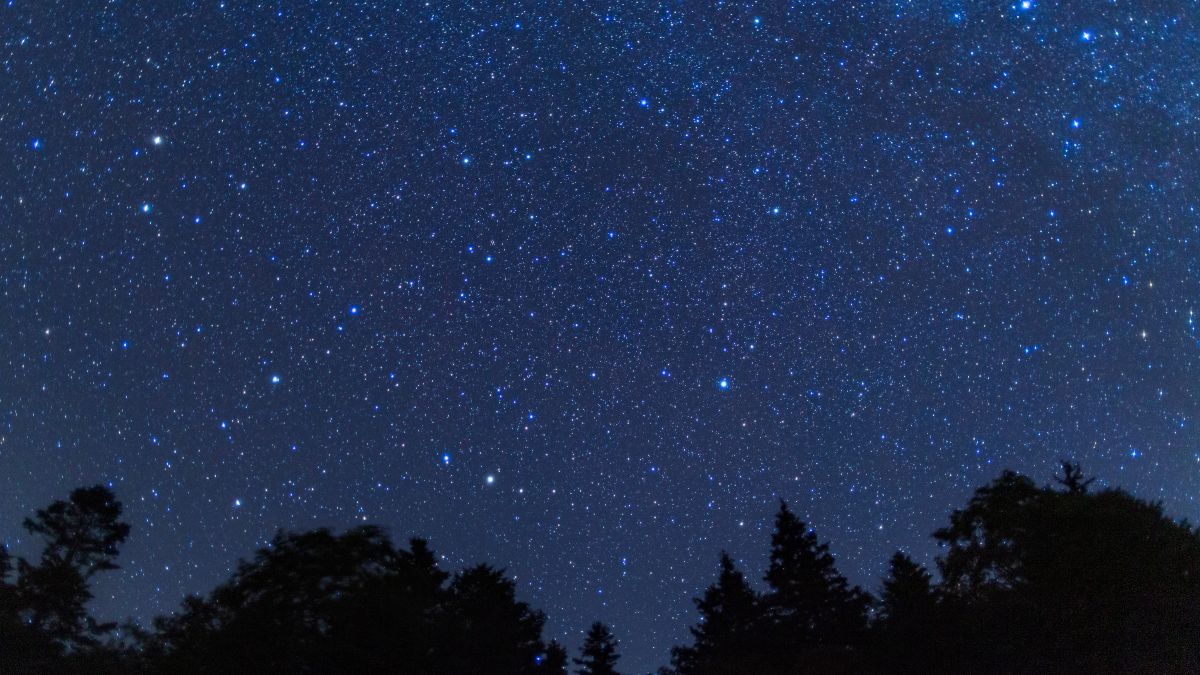
How to Take Photos of Space With Your Phone
Use your phone to capture The Final Frontier.


